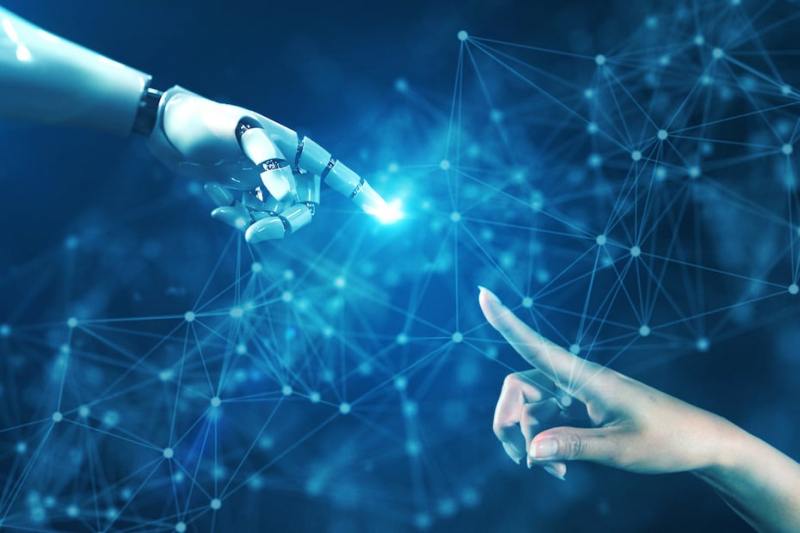Technological Influence on Human Interaction
The pervasive spread of technology has significantly reshaped human interaction in the modern world. This essay seeks to analyze the profound influence of technological advancements on the ways individuals communicate and connect both positive and negative aspects.
Initially, the advent of social media platforms revolutionized communication methods. These platforms allow people to connect instantly, regardless of geographical barriers. They enable users to share information, ideas, and personal moments at an unprecedented rate. However, this convenience comes at a cost. While social media facilitates connections, it often promotes shallow interactions over deep, meaningful relationships. The brevity of messages and the emphasis on quantity over quality of connections may lead to a surface-level understanding of others. Studies have shown that excessive use of social media can impact mental health, fostering feelings of isolation and inadequacy (Twenge & Campbell, 2019).
Furthermore, the rise of smartphones has transformed the way individuals engage with the world around them. Smartphones provide constant access to information and communication tools, leading to an always-on culture. This incessant connectivity can blur the lines between work and personal life, leading to increased stress and burnout. The convenience of smartphones encourages a more distracted lifestyle, where individuals are present in the body but often absent in the mind. This phenomenon has impacted face-to-face interactions, where people may be physically together but emotionally distant, engaged more with their devices than with each other (Turkle, 2017).
Moreover, technology has introduced new modes of communication, such as video calls and messaging apps, which have redefined personal and professional interactions. These tools have become particularly crucial during times of crisis, such as the COVID-19 pandemic, allowing for continued socialization and work amidst physical distancing measures. While these technologies offer a lifeline for maintaining connections, they also highlight the lack of physical presence and the nuances of non-verbal communication that are lost in digital translation. The reliance on virtual interactions can lead to a sense of disconnection and a longing for more tangible human contact (Miller, 2020).
In conclusion, the influence of technology on human interaction is multifaceted, offering both opportunities and challenges. While technological advancements have made communication more accessible and diverse, they have also introduced complexities that affect the depth and quality of human relationships. As society continues to navigate this digital landscape, it is crucial to find a balance that harnesses the benefits of technology while preserving the essence of meaningful human connection.
References
- Miller, V. (2020). Understanding digital culture. Sage.
- Turkle, S. (2017). Alone together: Why we expect more from technology and less from each other. Basic books.
- Twenge, J. M., & Campbell, W. K. (2019). The narcissism epidemic: Living in the age of entitlement. Simon and Schuster.












